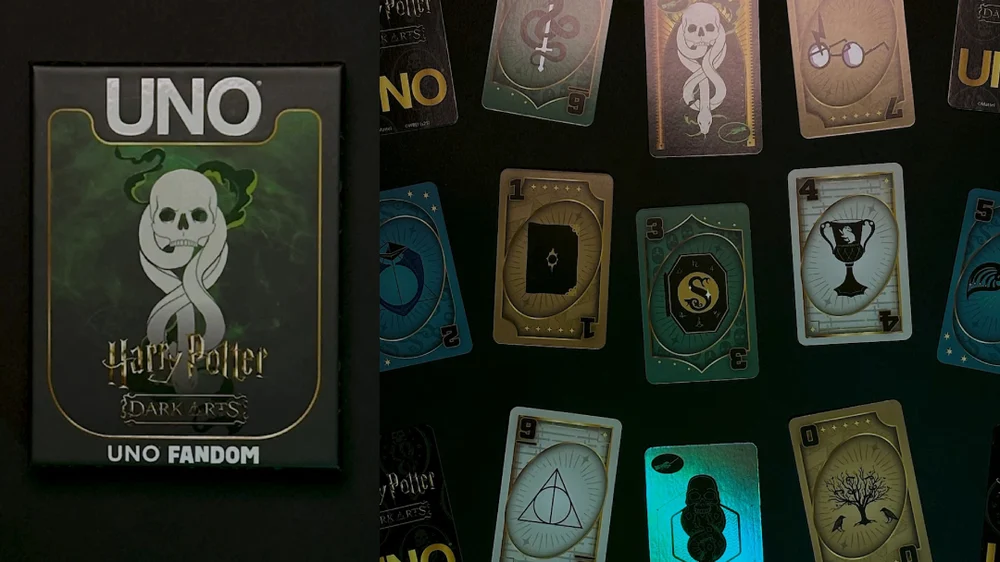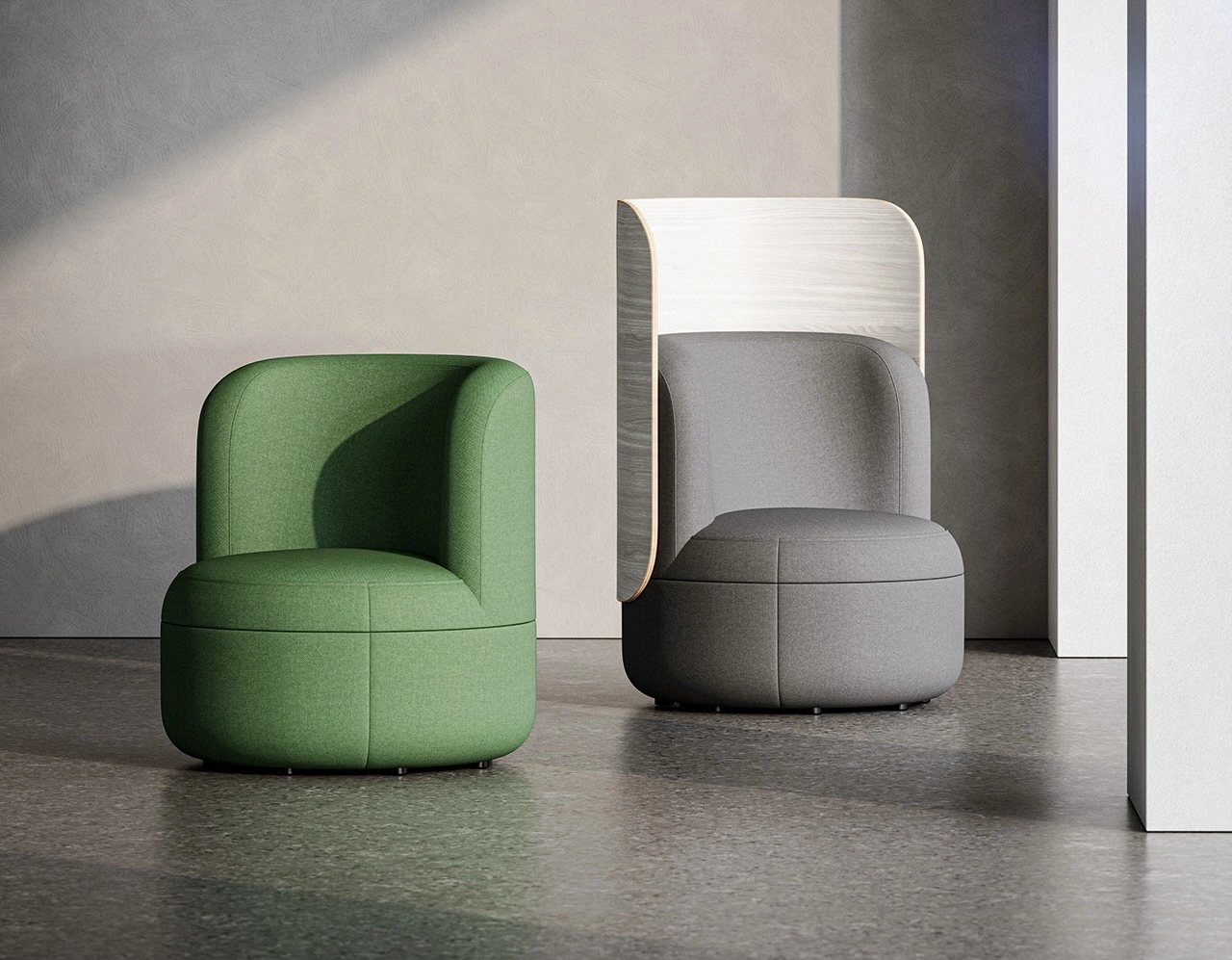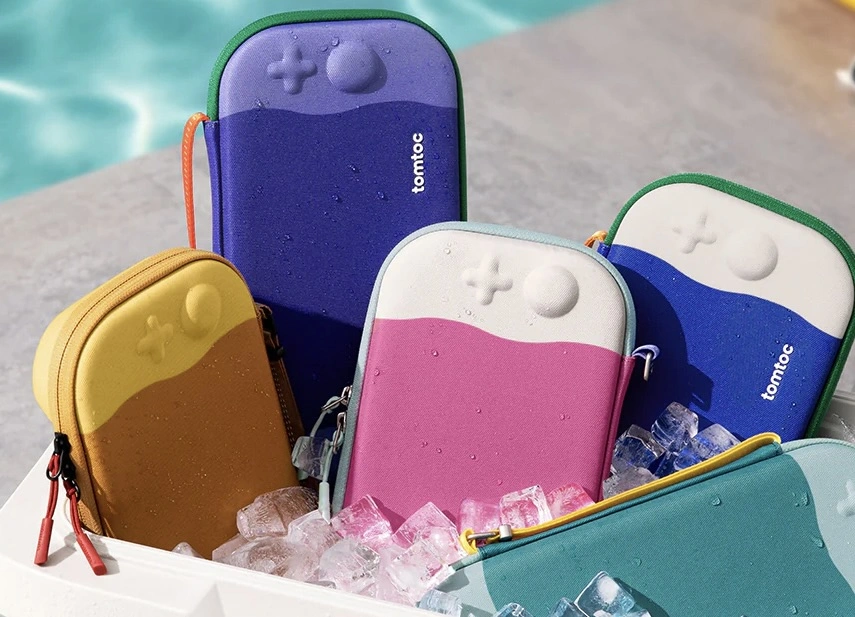In the constellation of celebrity style, there are few figures more influential—or more consistent—than Jennifer Lopez. For decades, she’s been a shapeshifter of pop culture, a performer who moves between the worlds of music, film, fashion, and business with mercurial grace. Yet in a world that favors novelty and trend-chasing, Lopez’s repeated embrace of a single accessory—the raffia Dior beach bag—offers a curious case of sartorial permanence.
The bag, a $6,400 floral-topped iteration of Dior’s Book Tote rendered in finely woven raffia, has quietly emerged as her emblematic summer companion. It has been in rotation for nearly a year, worn through sun-drenched vacations and high-profile moments alike, from her 55th birthday lunch to seaside strolls in the Hamptons. This past Mother’s Day, the pop icon resurrected it again—marking not just a personal ritual, but the culmination of an evolving relationship between star, object, and image.
This editorial is less about the luxury bag itself and more about what it has come to represent: permanence in a climate of ephemera, consistency in the face of reinvention, and a powerful redefinition of the “hero piece” not as a transient trend, but as a talisman.
A Star, A Basket, A Ritual
The image of Jennifer Lopez stepping into spring-summer 2025—raffia bag in hand—is now as predictable as the solstice itself. Woven in natural straw and crowned with silk florals, the bag blurs the line between rustic informality and haute couture opulence. It is a paradoxical piece, simultaneously pastoral and urbane, beach-bound yet red-carpet ready.
Since debuting it in May 2024, Lopez has wielded the bag like an extension of her seasonal identity. She carried it to Capri in July, where paparazzi caught her pairing it with oversized sunglasses, a ruffled Zimmermann kaftan, and straw-colored espadrilles. A month later, she was seen with it again in the Hamptons, styled against an ivory linen jumpsuit and Dior mules. Even her birthday—an occasion often marked by celebrities with extravagant outfit changes and new designer debuts—featured the same basket, resting against a lemon-print tablecloth at a private lunch in Bel Air.
It’s not just repetition; it’s ritual. In Lopez’s hands, the Dior beach bag isn’t simply an accessory—it’s a narrative device, a continuity marker in the cyclical story of her summers.
The Rise of the “Hero Piece” in Celebrity Dressing
The notion of a “hero piece”—that one reliable item that always feels right—is not new. In consumer fashion, it has long referred to the key wardrobe item that serves as an outfit’s anchor, whether that be a leather jacket, a statement heel, or a signature handbag. But in celebrity culture, where brand deals, red carpet exclusives, and paparazzi economics often pressure stars into perpetual newness, the reappearance of the same item is rare.
Lopez’s commitment to her raffia Dior tote challenges that rhythm. It’s a quiet refusal of the churn. When most celebrities unveil new bags with every airport arrival or dinner outing, Lopez’s choice to rewear her summer staple over multiple seasons reads as radical continuity. She’s not trying to sell you a trend. She’s modeling something more grounded: emotional investment.
There is also an intimacy in repetition. For fans, seeing a celebrity reuse a beloved item fosters a sense of approachability. It creates continuity in an otherwise unpredictable media cycle, offering moments of relatability in the form of material memory. For Lopez, the bag becomes a kind of symbolic armor—weathered, tested, familiar.
Dior’s Basket as a Modern Icon
The Dior beach bag itself is a study in transformation. Modeled loosely after the brand’s iconic Book Tote and handcrafted in raffia, it represents the evolution of the humble basket into a status object. Originally inspired by traditional market bags found across the Mediterranean—from Ibiza to Marrakesh—this version is elevated with silk floral appliqués, tonal embroidery, and the brand’s unmistakable logo lettering across the front.
Its price tag of $6,400 positions it in the upper echelons of designer accessories, yet its visual cues remain grounded in agrarian romanticism. The bag is, in essence, a fantasy of vacation: a vessel for lemons, SPF, and half-read novels. It evokes a lifestyle rather than a function. For Lopez, who often telegraphs her moods and seasons through accessories (just as she once defined early-aughts glamour with platform sandals and pink velour), the raffia Dior basket has become an avatar of her high-summer mode.
What distinguishes Dior’s version from other luxury beach bags—Chanel’s terry totes, Fendi’s canvas Peekaboos, or Prada’s macramé carriers—is its sculptural quality. It’s less a bag to hold things, and more an object to behold. That sculpturality, paired with Lopez’s curation, gives the bag an aura beyond utility.
Mother’s Day and the Aesthetic of Sentiment
On Mother’s Day 2025, Lopez wore the bag again. She styled it against a flowing white dress and floral-embroidered sandals, her entire look synchronized with the textures and palette of the bag itself. Social media flooded with images of her leaving brunch in Beverly Hills—paparazzi lenses catching the swing of raffia over her wrist like a slow metronome of style.
It’s not insignificant that this accessory was chosen again for an emotionally resonant day. Mother’s Day, like birthdays and vacations, is a personal milestone—not just a photo op. Lopez’s gesture—to carry a bag worn across so many of her personal milestones—suggests that the object holds more than aesthetic value. It holds memory.
There’s something elegant about letting a luxury item accrue meaning over time. In a fashion world that often fetishizes “new in box,” Lopez is offering a subtler message: value, like beauty, accumulates through use. Her raffia Dior bag has been present not just in her outfits, but in her moments. That matters.
The Counter-Current: Vintage, Sustainability, and Stylistic Loyalty
Lopez’s repeated use of the bag also places her in quiet conversation with the broader cultural currents favoring sustainability and anti-disposability. In a moment when fashion is reckoning with overproduction, carbon footprints, and the emotional emptiness of fast fashion, the idea of loving a single piece deeply and for a long time holds surprising power.
While Lopez is no stranger to extravagance—her wardrobe is a rotating gallery of couture and rare archival pieces—her fidelity to one bag reinforces the emerging aesthetic of “repeat luxury.” This is not about minimalism per se, but about meaningful rotation. It’s about creating a personal canon of items that define seasons and self.
This ethos aligns with the rising interest in fashion’s slow movement—an embrace of pieces that endure in design, craft, and personal attachment. That Lopez, a global icon known for her high-octane glamour, chooses to root her summer persona in a single piece, speaks volumes about where culture is headed.
A Bag as Biography
There’s a quiet genius in Jennifer Lopez’s approach. The raffia Dior beach bag, in its simplicity, becomes a surrogate for more abstract themes: stability, joy, tradition, personal curation. It has become, in its own way, a seasonal diary—an object through which time can be tracked and moods can be recalled.
In the age of overexposure, repetition is a form of rebellion. Every time Lopez steps out with the bag, she signals a resistance to constant reinvention. She asserts the value of rootedness, of finding something that works and holding onto it. It’s an old-school principle—one that recalls the way our mothers or grandmothers had a “good bag” they returned to every Sunday. In that sense, Lopez is not just modeling style—she’s modeling memory.
Final Thoughts: The Dior Bag and the Seasons of Self
As the summer of 2025 approaches, speculation will undoubtedly swirl about what new looks Jennifer Lopez will debut, what destinations she’ll frequent, what designers she’ll champion. But one thing is nearly certain: the raffia Dior beach bag will return.
This recurrence is not an accident. It’s a testament to the power of signature style in a moment of flux. It reminds us that fashion, when stripped of the pressure to always surprise, can become a language of stability. It is proof that elegance doesn’t demand novelty—it demands intention.
In the end, the bag is no longer just Dior’s. It’s Jennifer Lopez’s. And through her, it belongs to anyone who has ever found their own hero piece—the one they return to, season after season, because it reminds them who they are.
No comments yet.









